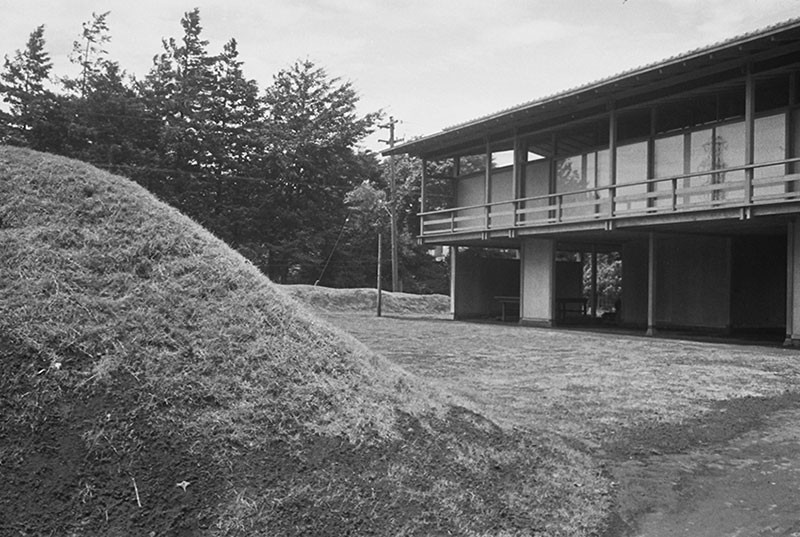Japan in Architecture: Genealogies of Its Transformation
25 Apr - 17 Sep 2018

Ando Tadao, Chapel on the Water (Hoshino Resort Tomamu) 1988 Hokkaido, Japan
Photo courtesy: Hoshino Resort Tomamu
Photo courtesy: Hoshino Resort Tomamu

Kitagawara Atsushi + Atsushi Kitagawara Architects + Ishimoto Architectural & Engineering Firm, Inc.
Japan Pavilion, Expo Milano 2015 Milan, Italy
Photo: Ohno Shigeru
Japan Pavilion, Expo Milano 2015 Milan, Italy
Photo: Ohno Shigeru
JAPAN IN ARCHITECTURE: GENEALOGIES OF ITS TRANSFORMATION
Captivating Japanese architecture that wooed the world
25 April – 17 September 2018
Japanese architecture today attracts attention from all over the world. Numerous architects, from Tange Kenzo to Taniguchi Yoshio, Ando Tadao, Kuma Kengo, Sejima Kazuyo and other young upcoming architects have received great international acclaim. Founded on rich traditions that have stretch back to ancient times, contemporary Japanese architecture encompasses exceptionally creative and original ideas and expressions.
In the 150 years following the Meiji Restoration of 1868, architecture presented immense opportunities for experimentation in Japan. How did the long and rich Japanese tradition of wooden architecture evolve, among a great number of practices? What did the West find attractive about architecture in Japan, and how did Japanese architecture then respond to this interest? The transitions of such things invisible to the eye as everyday life and views of nature also provide important elements for understanding Japanese architecture.
Structured around nine sections based on key concepts for interpreting architecture in Japan today, this exhibition traces the lineage of architecture from ancient times until the present, and explores the elements of genealogy undermined by modernism and concealed beneath, yet undeniably vital still. Featuring important architectural materials, models, and interactive exhibits, the wide-ranging exhibits will illuminate not only the state of Japanese architecture in the past and present but also a vision of the future.
Captivating Japanese architecture that wooed the world
25 April – 17 September 2018
Japanese architecture today attracts attention from all over the world. Numerous architects, from Tange Kenzo to Taniguchi Yoshio, Ando Tadao, Kuma Kengo, Sejima Kazuyo and other young upcoming architects have received great international acclaim. Founded on rich traditions that have stretch back to ancient times, contemporary Japanese architecture encompasses exceptionally creative and original ideas and expressions.
In the 150 years following the Meiji Restoration of 1868, architecture presented immense opportunities for experimentation in Japan. How did the long and rich Japanese tradition of wooden architecture evolve, among a great number of practices? What did the West find attractive about architecture in Japan, and how did Japanese architecture then respond to this interest? The transitions of such things invisible to the eye as everyday life and views of nature also provide important elements for understanding Japanese architecture.
Structured around nine sections based on key concepts for interpreting architecture in Japan today, this exhibition traces the lineage of architecture from ancient times until the present, and explores the elements of genealogy undermined by modernism and concealed beneath, yet undeniably vital still. Featuring important architectural materials, models, and interactive exhibits, the wide-ranging exhibits will illuminate not only the state of Japanese architecture in the past and present but also a vision of the future.


